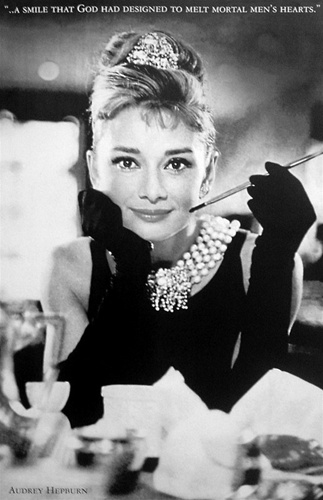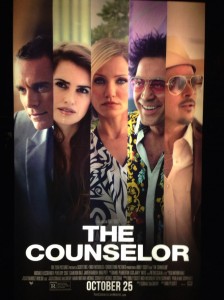How Screenwriters Described Iconic Female Characters
Posted on April 10, 2018 at 3:22 pm
We’ve seen so many awful stories about the way that female characters are described in movie scripts that it was a real relief and pleasure to read Vulture’s list of the way that fifty great characters were first imagined and described by their screenwriters. There’s a whole extra level of delight in getting to see writing by some of the best writers in Hollywood that we would normally not get to see. We think of them as only being responsible for the witty dialogue, but they are also every bit as good at defining a character in a few short sentences of description as they are with what we will actually hear her say on screen. (Note: The odd capitalization of character names and other words is standard for movie scripts.)
One of the best ones is this wonderfully evocative introduction of the faded movie star played by Gloria Swanson in “Sunset Boulevard:”
Norma Desmond stands down the corridor next to a doorway from which emerges a flickering light. She is a little woman. There is a curious style, a great sense of high voltage about her. She is dressed in black house pajamas and black high-heeled pumps. Around her throat there is a leopard-patterned scarf, and wound around her head a turban of the same material. Her skin is very pale, and she is wearing dark glasses.
Few women but Audrey Hepburn could truly live up to this description in “Breakfast at Tiffany’s:”
The girl walks briskly up the block in her low cut evening dress. We get a look at her now for the first time. For all her chic thinness she has an almost breakfast-cereal air of health. Her mouth is large, her nose upturned. Her sunglasses blot out her eyes. She could be anywhere from sixteen to thirty. As it happens she is two months short of nineteen. Her name (as we will soon discover) is HOLLY GOLIGHTLY.
One of the best screen couples has got to be Nick and Nora Charles from “The Thin Man.” If you haven’t had the pleasure of falling in love with them onscreen, rest assured that this description of Nora will do it for you:
NORA CHARLES, Nick’s wife, is coming through. She is a woman of about twenty-six… a tremendously vital person, interested in everybody and everything, in contrast to Nick’s apparent indifference to anything except when he is going to get his next drink. There is a warm understanding relationship between them. They are really crazy about each other, but undemonstrative and humorous in their companionship. They are tolerant, easy-going, taking drink for drink, and battling their way together with a dry humor.
I especially enjoyed the contrast between the descriptions of Sarah Connor in the first and second “Terminator” movies. And the quiz to try to guess the character from the description.




